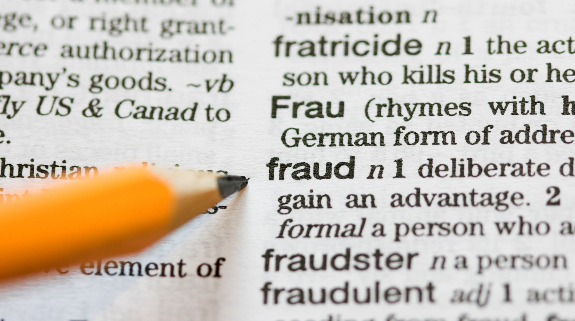
The lifespan of a fraudster is short, but prolific. It typically takes about seven days to wreak millions of dollars of damage across a wide network of unsuspecting customers.
The fraudsters begin by sending tens of thousands of emails to unsuspecting folks—your customers. They politely ask them to log-in to their bank account to confirm their password.
The emails look real enough to come from your financial institution. In fact, they look so real that a percentage of account holders think they’re helping the bank rectify a problem, while they’re actually handing the fraudster their critical account data.
Once handed the login and password information, the fraudster’s well-oiled network taps into accounts, transfers funds to offshore accounts, cleans out balances, and leaves the account holders holding the empty bag of overdrawn accounts because of identity theft.
Most fraudsters are so clever and so bold, they often send a second email to remind account users that they still need to confirm their password. Net gain: A second wave of accounts to tap, swap and swindle.
Just when account holders are realizing they’ve been cleaned out, when their banks are calling them about irregular account activity, or when their credit card companies are sending them breach notification letters, they disappear into thin air. But they’ll most assuredly be back.
What You Can Do to Stop Fraud
At Vision 2012, Experian is presenting new analytics that show that the vast majority of new account fraud occurs in the first seven days. Many institutions believe that if they have good technologies in place to stop fraud at the time of account origination, they’re all set. Wrong. Even with the best systems in place, no financial institution or person is immune, and it’s critical that we monitor accounts after they are opened to look for signs of suspicious activity.
Here are some tips to help you stop or prevent fraud:
- Be aware that fraudsters are 10 times faster at creating fraud than we are at catching them: most bulldoze their way through accounts and disappear within 15 days, yet it takes an average of 151 days for us to identify it.
- Be vigilant to warn your customers about fraudsters and identity thieves with newsletter articles, blog stories, press releases and seminars.
- Ask your customers to pinpoint questionable behavior, such as new account openings without a birth date, but with the same name and social security number.
- Re-check accounts after they have been opened, which can identify suspicious activity and allows for a significant lift in fraud captures.
- Consider creating videos on YouTube with fraudster scenarios.
- Use your social media tools to share fraudulent activity with your customer base.
- Deploy Experian’s latest fraud detection and prevention platform, Experian’s Precise ID, to offer cutting-edge resources that enable you to outpace criminals by detecting, avoiding, managing and actually preventing current-account fraud activity –– within the first seven days of account origination.
For more information, download: “Fraud detection in newly opened accounts: Connecting data helps predict identity theft” whitepaper.